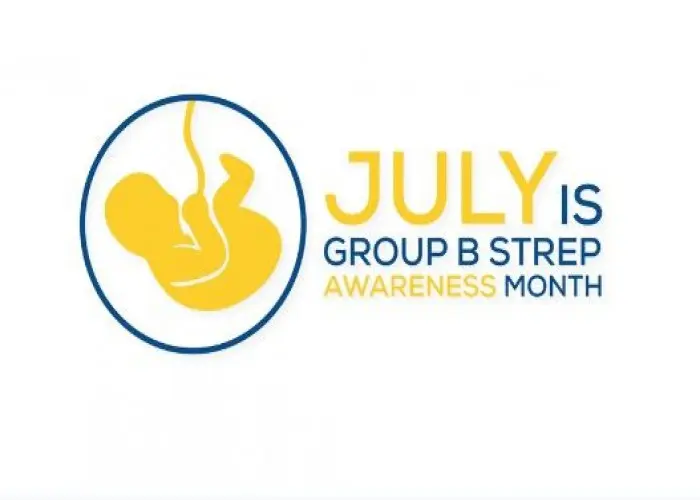 Welcome
Welcome
“May all be happy, may all be healed, may all be at peace and may no one ever suffer."
Bladder exstrophy

Bladder exstrophy is a rare congenital condition in which the bladder and pelvic bones do not develop properly during fetal development. This results in the bladder being exposed and protruding through the abdominal wall. Bladder exstrophy is typically diagnosed at birth and requires surgical intervention to repair the bladder and reconstruct the pelvic area. In some cases, the condition may be associated with other congenital anomalies such as abnormalities of the genitalia, rectum, or spine. The long-term outlook for individuals with bladder exstrophy depends on the severity of the condition and the quality of the surgical repair. Ongoing management may involve bladder training, intermittent catheterization, or medication to manage bladder function. It is important to work closely with a healthcare professional to manage bladder exstrophy and prevent potential complications.
Research Papers
Disease Signs and Symptoms
- BEEC, in which the tube to expel urine (urethra) doesn't fully develop.
- In this condition, the rectum, bladder and genitals don't fully separate as the fetus develops.
- Bladder problems
- Difficulty emptying bladder
Disease Causes
Bladder exstrophy
The cause of bladder exstrophy is unknown. Researchers think that a combination of genetic and environmental factors likely plays a role.
What is known is that as the fetus grows, a structure called the cloaca (klo-A-kuh) — where reproductive, urinary and digestive openings all come together — doesn't develop properly in babies who develop bladder exstrophy. Defects in the cloaca can vary a lot depending on the age of the fetus when the developmental error occurs.
Disease Prevents
Disease Treatments
After delivery, the bladder is covered with a clear plastic dressing to protect it.
Children born with bladder exstrophy are treated with reconstructive surgery after birth. The overall goals of reconstruction are to:
- Provide enough space for urine storage
- Create outer sex organs (external genitalia) that look and function acceptably
- Establish bladder control (continence)
- Preserve kidney function
There are two main approaches to surgery, though it's not clear whether one approach is significantly better than the other. Research is ongoing to refine the surgeries and study their long-term outcomes. The two types of surgical repair include:
- Complete repair. This procedure is called complete primary repair of bladder exstrophy. Complete repair surgery is performed in a single procedure that closes the bladder and the abdomen and repairs the urethra and outer sex organs. This can be done soon after birth, or when the baby is around two to three months old.Most surgery for newborns will include repair to the pelvic bones. However, doctors may choose not to do this repair if the baby is less than 72 hours old, the pelvic separation is small and the infant's bones are flexible.
- Staged repair. The full name of this approach is modern staged repair of bladder exstrophy. Staged repair involves three operations. One is done within 72 hours after birth, another at age 6 to 12 months, and the last at 4 to 5 years.
- The first procedure closes the bladder and the abdomen, and the second repairs the urethra and sex organs. Then, when the child is old enough to participate in toilet training, surgeons perform bladder neck reconstruction.
Surgical follow-up
Standard care after surgery includes:
- Immobilization. After surgery, infants need to stay in traction while they heal. The amount of time a child needs to be immobilized varies, but is typically around four to six weeks.
- Pain management. Doctors can place a thin tube into the spinal canal during surgery to deliver pain medications directly to the area it's needed. This allows for more consistent pain control and less use of opioid medications.
After surgery, most — but not all — children will be able to achieve continence. Children sometimes need to have a tube inserted into their bladders to drain urine (catheterization). Additional surgeries may be needed as your child grows.
Disease Diagnoses
Disease Allopathic Generics
Disease Ayurvedic Generics
Disease Homeopathic Generics
Disease yoga
Bladder exstrophy and Learn More about Diseases

Polymyositis

Tooth abscess

Dog Bite

Group B strep disease

Adult Stills disease

Ingrown toenails

Postpartum depression

Cleft lip and cleft palate
Bladder exstrophy, Cloacal exstrophy, মূত্রাশয় এক্সট্রফি
To be happy, beautiful, healthy, wealthy, hale and long-lived stay with DM3S.
